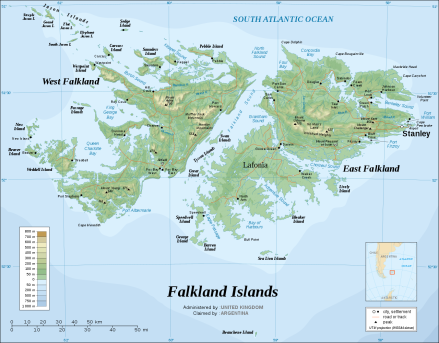Not performing enough human intelligence collection is a standard refrain these days. As the saying goes, “we’ve traded spies for satellites.” A golden age of honeypots and tradecraft and dead drops had been left behind at the dawn of the digital age. This is, purportedly, in keeping with the military establishment’s general overreliance on technology, stretching back to Rumsfeldian “transformation,” the ill-fated “revolution in military affairs” (RMA), and earlier. Conventional wisdom has it that this shift in emphasis was proven correct in the 1991 Gulf War, but it could also be argued that this was the war that the US military—especially the “armor guys”—had been itching to fight since the partition of Germany. Rather than the harbinger of a new era, the Gulf War was instead the last gasp of the Cold War.
But what does this have to do with human intelligence?
Contrary to the emphasis placed on the “spy games” aspect of Cold War diplomacy, intrigue, and espionage, the period between 1936 and 1989 saw a vast increase in technical methods of intelligence and relative devaluing of human collection (analysis, as always, has remained a predominantly human province). Some of these technical methods and their operators became lore unto themselves—Francis Gary Powers in his U-2 (imagery intelligence, or IMINT) and the codebreakers at Bletchley Park (signals intelligence, or SIGINT) come to mind—but most operated in a behind-the-scenes way. And they certainly continue to do to this day, recent disclosures notwithstanding.
The intelligence community has additionally seen a change in the way it structures its collection and analysis missions. During much of the Cold War, capabilities were duplicated throughout different agencies. Thus, in addition to the Defense Mapping Agency that preceded the National Imagery and Mapping Agency and today’s National Geospatial-Intelligence Agency (NGA), the Central Intelligence Agency (CIA) had its own IMINT people in the form of the National Photographic Interpretation Center, the National Reconnaissance Office did its own thing with satellites, and so forth. While all of these organizations persist in one form or another, their functions have been streamlined, such that we have most IMINT running through NGA, much of the SIGINT community operating at the National Security Agency (NSA), et cetera. Gaps do exists, as do split missions, and the joint responsibility of the Defense Intelligence Agency (DIA) and CIA for HUMINT is one such example. But in general, we now have standardized methods and practices of intelligence gathering, processing, exploitation, collection, and analysis. The very concept of “all-source intelligence” during the Cold War would have been unthinkable—and still seems a novelty to many analysts in the intelligence community—because it would have meant someone was driving in your lane, and that would be unacceptable. Fortunately, this is no longer the case.











